Blogs
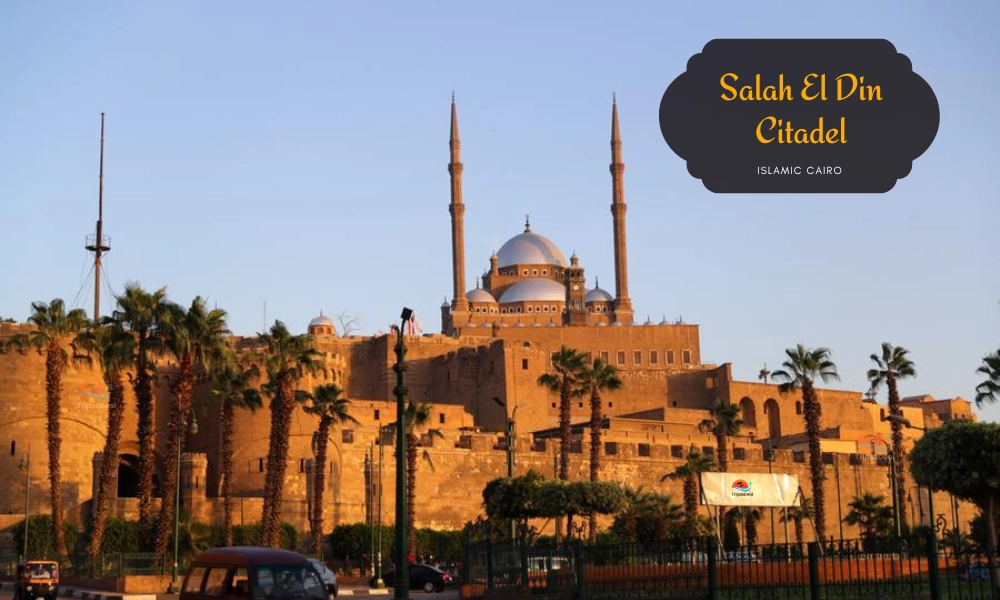
Salah El Din Citadel
Standing proudly in the heart of Cairo, you’ll feel the Citadel is more than a cultural and legacy piece; it’s a vibe of living, adventurous, and admiring life in Egypt. With admiration for the scenic views of the whole of Cairo through the eyes of the Citadel, to its eye-catching mosques and palaces' beauty, you’ll explore the historic and recent culture of politics, religion, and military, all in one place. Anybody who wants to comprehend Cairo's lasting legacy must visit the Salah El Din Citadel, which is a trip through time where religion, art, and history all come together.
Why visit the Citadel? Because it’s a one-of-a-kind landmark that not only shaped Cairo’s skyline but also its story. Whether you're a Cultural Insight, Panoramic Views, Architectural Marvels, Peaceful Ambience, photographic Opportunities, or simply an explorer at heart, the Citadel offers a deeply enriching experience.
In this blog, we’ll guide you through its origins, architectural wonders, major historical events, and tips to make the most of your visit.
Table of Contents
- 1. The Origins: Who Was Salah El Din?
- 2. Architectural Marvel: The Birth of a Stronghold
- 3. A Fortress Through Time
- 4. The Iconic Mosques Inside the Citadel
- 5. Historical Events and Political Significance
- 6. Transformation into a Tourist Attraction:
- 7. Modern-Day Salah El Din Citadel
- 8. Tips for Touring Salah El Din Citadel
- 9. Nearby Attractions to Explore
- Wrapping Up: Meet the Historical Monument, a Salah El Din Citadel
1. The Origins: Who Was Salah El Din?
Considered as one of the most famous symbolic representatives in the Islamic and Middle East Era, the Citadel is named after Salal El Din, a brave and just ruler. He came into the world in 1137 and was raised in Tikrit, a modern city, Iraq. He held the power of ruling in the 12th century as a remarkable militant strategist and was the first sultan of Egypt and Syria.
Salah El Din Ayubi was the founder of the Citadel. He ordered it to be built in 1176. He was a famous patron of architecture and urban development infrastructure, along with his military victories.
Influential Leader: Well-known and most famous leader in the Islamic world, who fought a battle against the Crusaders and Jewish Zionists in 1187 for Jerusalem. He isn’t an intentional person for battles and wars; he always promoted Justice and Vision to comprehend the needs of cities, and uphold the fairness in Muslim and Christian communities both.
2. Architectural Marvel: The Birth of a Stronghold
While the initial design was functional, built to defend Cairo, the Citadel evolved into a stunning example of Islamic military architecture.
Original Layout and Techniques
Salah El Din's engineers incorporated:
- Thick stone walls to withstand siege weapons
- Rounded towers for better angles of defense
- Underground water channels connected to the Nile, ensuring supplies during sieges
Design Inspirations
The architecture is a proof of Syrian and Northern Iraqi influence that empowered the essence of the designs. It was manufactured by carrying out limestone from the neighbourhood hills. This also involves the recycling of stones from the historical structures, representing the ideal blend of present and past.
Islamic Military Influence
The Citadel is a symbol of Islamic cultures, representing Islamic values. Its eye-catching and intricate design makes the visitors stare for a few seconds at the art. This is the iconic example of how historical structure reflects the meaning of culture and spirits.
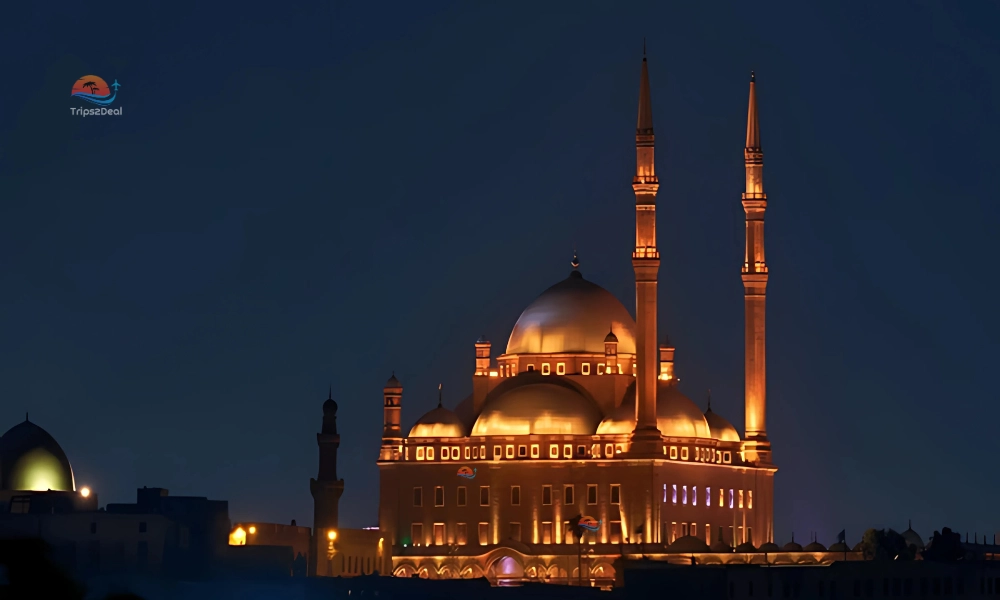
3. A Fortress Through Time
The Citadel’s history did not last for Salah El Din, although it continued for a longer period of 700 years for Egyptian rulers. This demonstrates the revolution of Citadel under different rulings and dynasties.
Mamluk and Ottoman Contributions: There is a major contribution in enhancing the design of the Citadel by a Mamluk ruler, specifically by Sultan Al-Nasir Muhammad. To give a complex and remarkable look, he built multiple mosques, palaces, and even a stable–grabbing the attention of multiple visitors. In the 16th century, under Ottoman rule, the existing rules gave a look of Turkish-style look to domes and minarets, and other components that are still available to be appreciated.
4. The Iconic Mosques Inside the Citadel
Few places in Cairo boast such a dense concentration of historic mosques, and each one tells its own story.
Muhammad Ali Mosque
Built between 1830 and 1848 by Muhammad Ali Pasha, this mosque is the Citadel’s most recognizable feature. Inspired by Ottoman architecture, particularly the Blue Mosque in Istanbul, it features:
- Grand domes and soaring minarets
- Ornate alabaster walls
- A massive chandelier-lit prayer hall
It’s as much a symbol of national pride as it is a religious monument.
Al-Nasir Muhammad Mosque
Dating back to 1318, this is one of the oldest surviving mosques in the Citadel. A masterpiece of Mamluk architecture, it showcases:
- Carved stucco windows
- Horseshoe arches
- Unique green-tiled minarets
It served as the royal mosque during the Mamluk era, hosting Friday prayers for the ruling class.
Sulayman Pasha Mosque
Built in 1528, this is the first Ottoman mosque in Cairo. Smaller than the others, it stands out with:
- Its central dome and half-domes
- Beautiful Iznik-style tilework
- Serene courtyard layout
It reflects the transitional phase from Mamluk to Ottoman rule.
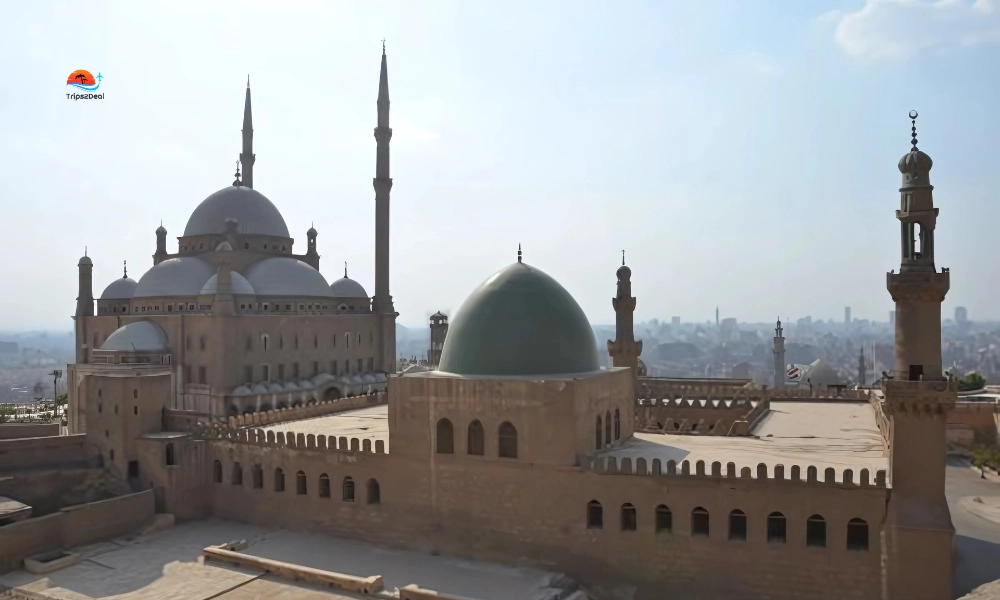
5. Historical Events and Political Significance
Citadel is the eye-witness and active participant of recent history and the legacy of Egypt, beyond the architecture and design.
During the French Occupation:
In 1978, when Napoleon Bonaparte attacked Egypt, at that time Citadel was under the rule of both the French and the local military. Under the severe occupation, this site was a spot of conflict, negotiation, and strategic significance.
Muhammad Ali Pasha & the Mamluk Massacre:
Muhammad Ali Pasha, an eminent and influential figure in organizing a bloody and brutal event, hosted hundreds of Mamluk leaders to celebrate a festival, and killed all rulers brutally to end their era. This was the time when he strengthened his power and ruled a turning point in Egypt’s development.
A Political and Military Stronghold:
Citadel played an important role in serving or protecting the guards from Crusaders to welcoming the foreign parties, representing Egypt’s political stage.
6. Transformation into a Tourist Attraction:
The Citadel eventually transitioned from a royal seat to a heritage site open to the public.
Public Access & Conservation
By the 20th century, the Citadel had become a most significant and well-known national spot. Egyptian and local authorities made strategies for the restoration and conservation of this destination. This aids in preserving the buildings and enhancing the looks of aesthetic and comfort for visitors.
Museums Inside the Citadel
Today, it houses several museums that enrich the experience:
- Military Museum: Chronicles Egypt’s military history with weapons, uniforms, and war artifacts
- Police Museum: Offers insights into Egypt’s law enforcement evolution
- Carriage Museum (recently restored): Showcases royal carriages and ceremonial pieces
These exhibits provide depth, context, and a family-friendly educational experience.
7. Modern-Day Salah El Din Citadel
Today, the Citadel is a vibrant space that blends historical reverence with modern tourism.
Current Facilities
- Well-maintained paths and signage
- Clean restrooms and prayer areas
- On-site cafés and souvenir shops
- Multilingual tour guides and audio services
Things to Do
- Explore the mosques and museums at your own pace
- Catch a panoramic sunset view of Cairo from the ramparts
- Take part in photography walks and educational tours
Events & Festivals
The Citadel occasionally hosts:
- Cultural festivals, like the Citadel Music Festival in the summer
- Religious events during Ramadan and Eid
- Art exhibitions and local handicraft fairs
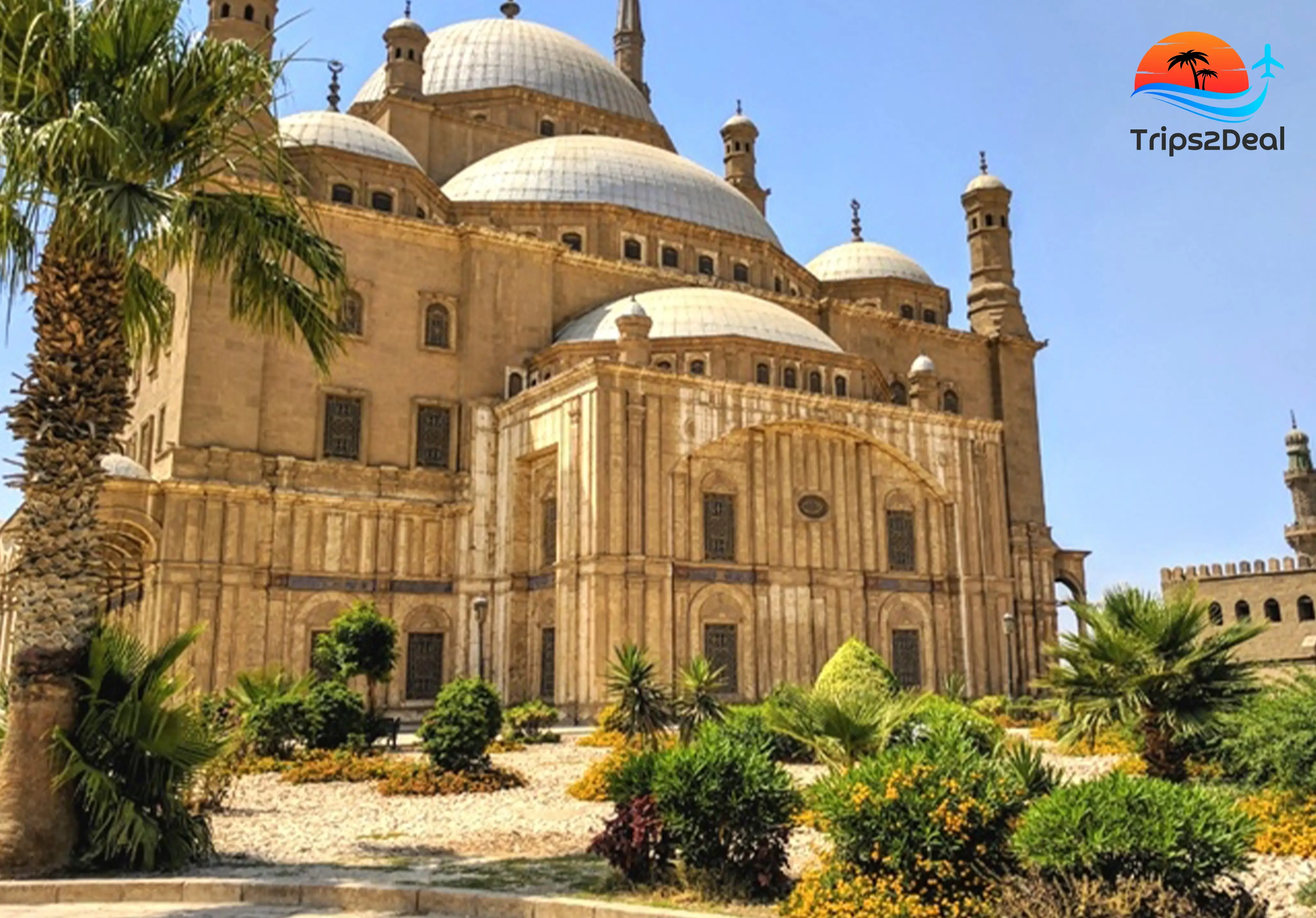
8. Tips for Touring Salah El Din Citadel
Make the most of your visit with these practical tips:
Getting There
- Location: El-Salib Street, Mokattam Hills, Cairo
- By Taxi: Most drivers will know “Qalaat Salah El Din”
- By Tour Bus: Many guided tours include the Citadel as a stop
- Parking: Available near the entrance, but limited
Hours & Tickets
- Opening Hours: 8:00 AM to 5:00 PM daily
- Ticket Prices: Approx. 550 EGP for foreigners, 20–60 EGP for Egyptians
- Discounts available for students and children
What to Wear & Bring
- Dress modestly (shoulders and knees covered), especially for mosque entry
- Bring sun protection (hat, sunglasses, sunscreen)
- Wear comfortable shoes: you’ll be walking a lot
- A bottle of water is essential, especially in warmer months
9. Nearby Attractions to Explore
Make your Citadel visit part of a full day of sightseeing by exploring these nearby gems:
Al-Rifa’i Mosque & Sultan Hassan Mosque
Located just below the Citadel, these monumental mosques are:
- Stunning examples of Islamic architecture
- Often visited together as part of Islamic Cairo tours
- Home to royal tombs, including the last Shah of Iran
Egyptian Museum or Khan El Khalili Bazaar
Depending on your interests:
- The Egyptian Museum (in Tahrir Square) offers ancient history and Tutankhamun’s treasures.
- Khan El Khalili Bazaar is perfect for shopping, local snacks, and vibrant photo ops.
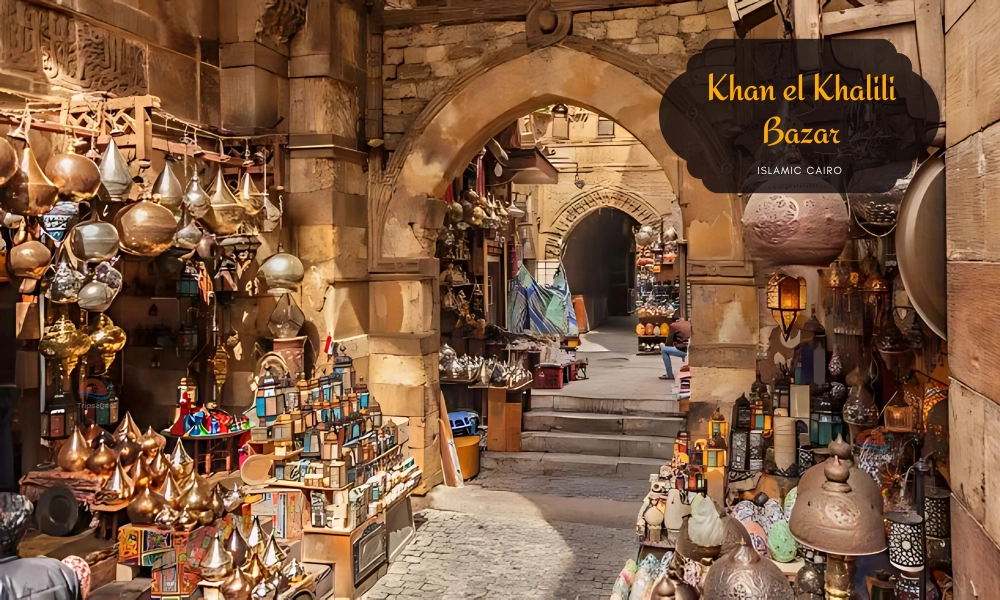
Wrapping Up: Meet the Historical Monument, a Salah El Din Citadel
Exploring the Salah El Din Citadel is not just a vibe, but a journey to embark on at the inspiring and remarkable spot of Egypt. This building depicts the ancient stories of the influential cultures and traditions. From the Mamluk to the Ottoman empires, or from Crusaders' wars to royal coups, your eyes will find a distinct and unique history.
Whether you’re a traveler, a visitor, or a local, to discover the connection between today and the past, visiting the Citadel is one of the spots where you experience the soul of Cairo. This is an ideal mix of architecture, history, and legacy. Moreover, to explore more monuments, you can browse trip2deal.com and start your next journey in Cairo, Egypt.





